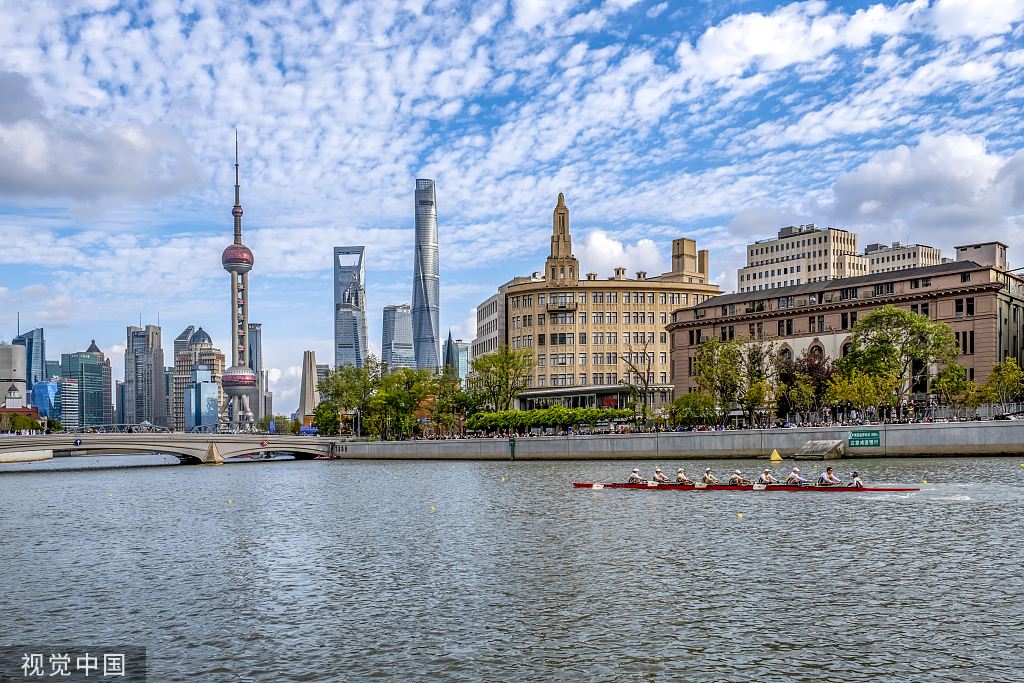STAR Market reforms boost M&As


Institutional innovation experimented at the technology-focused STAR Market of the Shanghai Stock Exchange has not only strengthened ties between hard technology companies and the capital market but also invigorated mergers and acquisition activities, said experts and industry mavens.
Their comments were made regarding the eight reform policies for the STAR Market introduced one year ago, saying that the technology-focused board could better perform its role as a testing ground by deepening capital market reform and facilitating high-level technology independence.
Upon the eight policies, a series of innovative mechanisms have been launched, including the implementation of recognition standards for asset-light but research-heavy companies, improving the precision of equity incentives, enhancing the inclusiveness of M&A valuations and establishing a "green channel "for technology innovation bonds.
Refinancing measures have been relaxed since the introduction of the eight reform policies. Over the past 12 months, an additional 19 STAR Market refinancing cases have been dealt with.
A total of nine companies have applied for a combined 25 billion yuan ($3.48 billion) of refinancing thanks to the recognition standards for asset-light but research-heavy companies.
Silicon and semiconductor service provider VeriSilicon Microelectronics (Shanghai) Co Ltd is one of the nine companies. According to VeriSilicon's chairman Wayne Wei-Ming Dai, the company can use the 1.8 billion yuan refinancing to develop emerging chiplet technology, which is widely applied in artificial intelligence generated content and smart driving systems.
Yan Xiang, chief economist of Founder Securities, said that the eight reform measures have helped to create a capital environment more suitable to the development of hard technology companies. With more resources directed to key technologies and industrial integration, a positive cycle has been formed, linking listing, technology breakthroughs, M&As and positive feedback to companies.
As the eight measures said that more support will be given to M&As, an additional 106 M&A cases have been disclosed over the past year, with the total deal value exceeding 140 billion yuan. Among these, 28 are M&As of unprofitable target companies which are supported by the eight reform measures.
M&A activity has been especially noticeable this year. A total of 45 new M&A cases have thus far been disclosed as 2025 unfolds, among which 20 were major restructurings or asset purchases via issuing stocks or convertible bonds.
Most of these M&As are integration along industrial chains of high added-value technology companies, said Lu Zhe, chief economist of Soochow Securities. About half of the major restructurings completed since 2024 are from the information technology and high-end equipment industries, he said.
Supported by favorable policies, M&As are likely to keep up the current heat, helping innovation-driven companies to further improve their product competitiveness, expand business scope, increase market share and seek breakthroughs in advanced technologies, said Lu.
During a conference held in Shanghai on Saturday, Yuan Duoran, executive vice-president of the Shanghai Stock Exchange, said that efforts will be made to promote the integrated advancement of reforms regarding issuance, underwriting, stock and bond financing, M&As and trading mechanisms at the STAR Market. This technology-heavy board should see its institutional inclusiveness and adaptability further elevated so that it can serve technology innovation and the development of new quality productive forces with higher efficiency and better quality, he said.




































